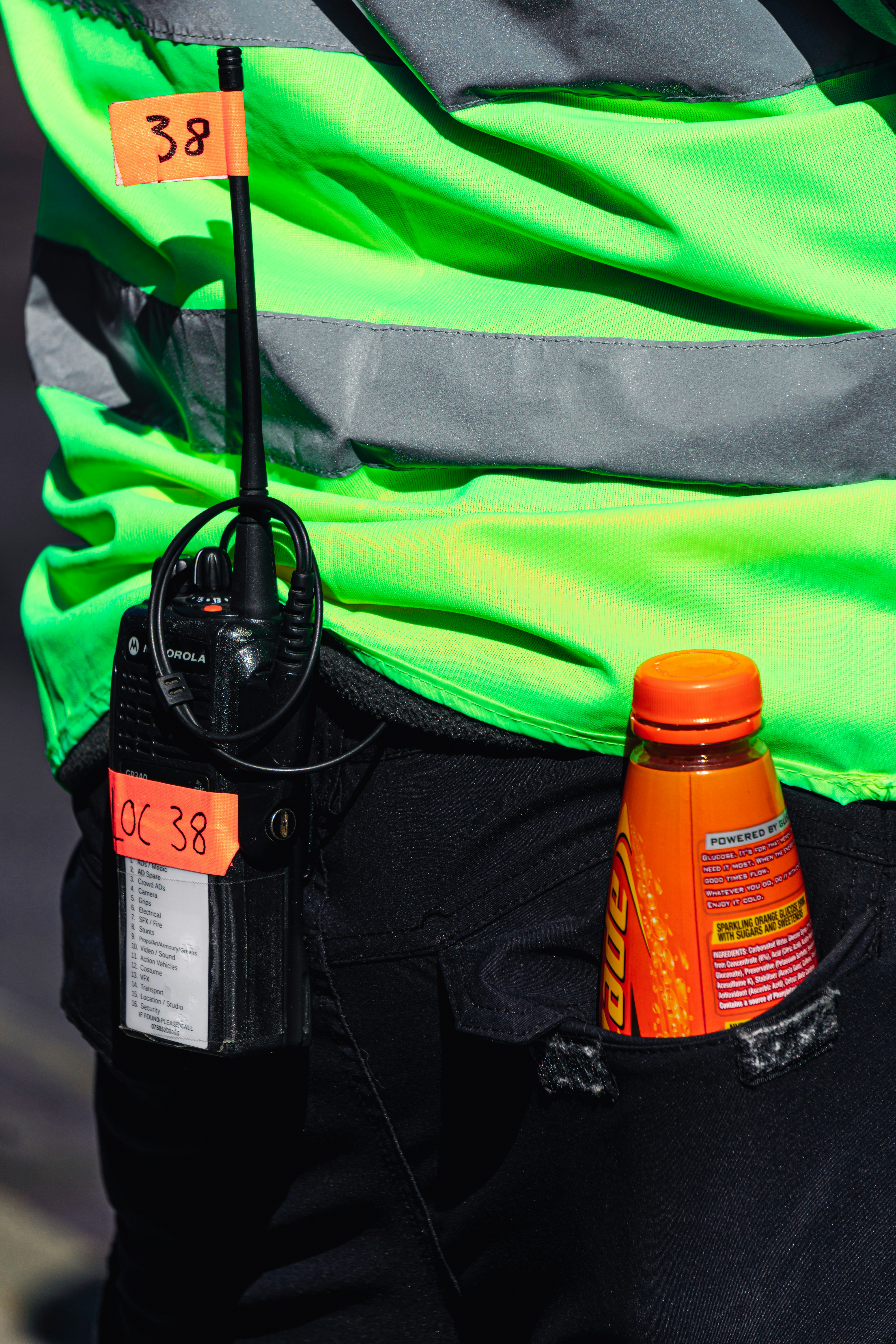Why Effective Communication is Essential During Hurricanes
In the throes of hurricane season, the importance of reliable and clear communication cannot be overstated. Effective emergency communication strategies during hurricanes can spell the difference between safety and chaos, preparedness and panic. When a hurricane approaches, the dissemination of timely and accurate information becomes crucial for local governments, businesses, and the community at large.
The Challenges of Communicating During Storms
Hurricanes often lead to power outages and network disruptions, making traditional communication channels unreliable. This disruption necessitates a robust, multi-channel communication strategy that can withstand the challenges posed by severe weather. One must also consider the diverse demographics of an affected area, ensuring messages are accessible to all, including non-English speakers and those with disabilities.
Strategies for Effective Emergency Communication
1. Utilize Multiple Communication Channels
To ensure everyone receives important updates, use a variety of communication methods. This includes text alerts, social media updates, radio broadcasts, and community siren systems. Diversifying channels guarantees that messages reach people who may not have access to typical forms of communication during power outages.
2. Develop Clear Messaging
Clarity is key when delivering emergency communications. Messages should be concise and use plain language to avoid confusion. Consistent updates are necessary to inform the public of the hurricane’s progression and any changes in safety recommendations.
3. Leverage Technology and Innovation
Innovative technologies such as mobile apps and automated messaging services can play a critical role in emergency communication. These tools allow for the rapid dissemination of alerts and instructions directly to individuals’ devices. Explore official warning systems for more information.
The Role of Community Leaders
Community leaders are integral in conveying critical information and providing reassurance during emergencies. By coordinating with local government agencies and utilizing trusted local voices, communities can amplify important messages and foster trust among residents.
Preparing for Future Hurricanes
While it is important to react efficiently to current hurricanes, preparation for future events is equally essential. Regularly updating emergency plans and conducting communication drills will ensure all parties are ready when the next storm strikes. Local businesses and schools should integrate these strategies into their safety training programs to promote resilience across the board.
Community Involvement in Communication Efforts
Encouraging community involvement is another effective strategy. By engaging community members in the planning and execution of emergency communication plans, we can ensure a more robust and effective response. This involvement can include participating in local preparedness meetings and volunteering for community awareness programs.
The Importance of Feedback and Improvement
After a hurricane event, gathering feedback from the community is crucial. Understanding what worked and what didn’t can significantly improve future communication efforts. Regularly assessing the effectiveness of communication strategies and adapting them based on community feedback will lead to more robust emergency management.
Concluding Thoughts on Communication Preparedness
In conclusion, developing strong emergency communication strategies during hurricanes is vital for minimizing risk and maximizing safety. By employing a multi-channel approach, leveraging technology, involving community leaders, and gathering post-event feedback, we can better protect communities in the face of nature’s most formidable challenges. For those interested in improving their preparedness, consider participating in emergency response training programs to enhance your knowledge and readiness.

